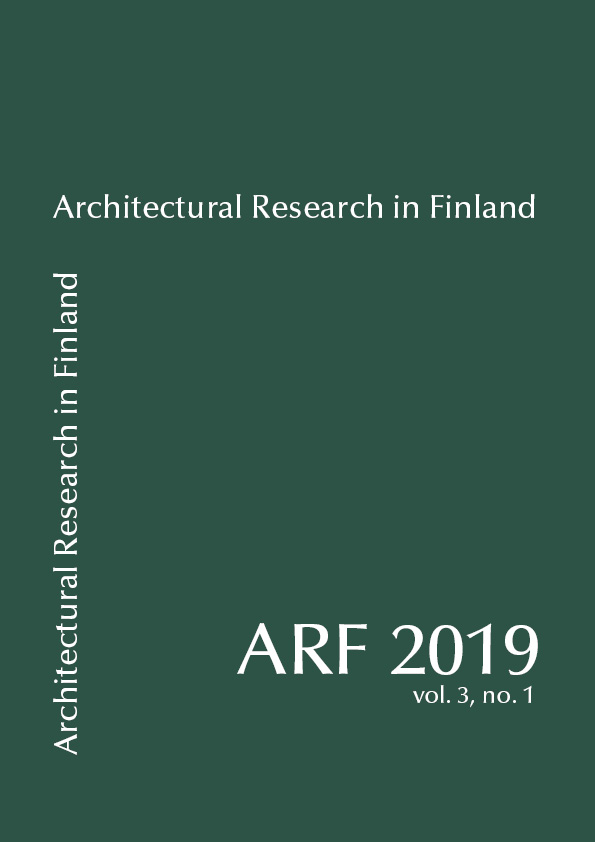Which Is the Most Cost-efficient Alternative, a New Build or the Rehabilitation of a Cultural Heritage Site?
DOI:
https://doi.org/10.37457/arf.121667Avainsanat:
Cultural heritage, architecture, real estate development, real estate management, economic analysisAbstrakti
Given the choice between the rehabilitation of a cultural heritage site and a new build, recent history in Norway shows that the new build is often chosen, with the justification of cost efficiency.
This paper compares approaches to cultural heritage sites from a property development and a protection of cultural heritage point of view to test this judgment. These two professional fields overlap and need to cooperate. Thus, a closer look at their similarities and differences should provide valuable insights.
This paper applies a case-study method to a large country estate building at a NATO air base in need of office space. The building has legal protection at the national level. Costs are calculated for three scenarios for new offices: rehabilitation of the protected building, a new build, and renting. All alternatives include legally mandated maintenance of the protected building, as the same public body carries out both tasks.
Of the three alternatives, the new build and renting were the most expensive over a thirty-year time span. Rehabilitation was the most economical. These findings indicate that owners of protected buildings should investigate possibilities to activate such buildings, due to not only their cultural heritage values, but also their economic potential.




